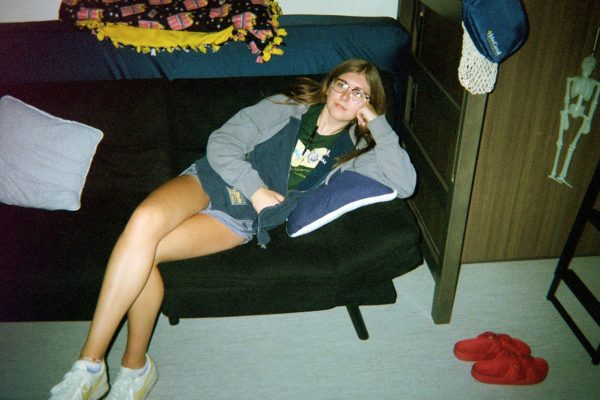In Patti Smith’s seminal autobiography “Just Kids,” the poet–musician documents her time living in relative squalor in Manhattan. For years, during the late 1960s and early 1970s, Smith hopped from job to job, paying for rent and art supplies. Often, she would forgo trips to the grocery store in favor of having adequate resources to continue creating her work.
For Smith, making art wasn’t about the money or fame that often comes along with being a successful artist. Rather, she and her troop of misfits residing in the famed Chelsea Hotel were concerned with making art for art’s sake. “Just Kids” provides an insightful look into the life of someone who genuinely feels connected to making art and expressing their innermost thoughts, feelings and secrets.
The list of postmodern poets, musicians, authors, photographers and painters that are identified as embodying this trope have launched successful careers, both in their lifetimes and posthumously. David Wojnarowicz, Robert Mapplethorpe, Vivian Maier and Charles Bukowski are just a few of the numerous examples of people who sacrificed almost everything for the sake of expressing themselves through their creative works, often not being recognized as visionaries until after their demise.
Flash forward to the 21st century and audiences will be hard-pressed to find someone who exemplifies the starving artist. “Chappell Roan!” your brain might be shouting. She is an example of a smaller artist who found success online and is now under the scrutiny of the mainstream mob.
With the rise of the internet and social media, anyone can share their craft. In a way, this leads to exposure and success without having to go through the progressions that Smith and Wojnarowicz experienced. While there are obvious benefits to this new way of obtaining fame (like not having to live on the streets), there is an inherent loss of purpose.
The starving artist trope reinforces that the struggle and hardship is worthwhile for the sake of creating. A video online that leads to a nationwide tour is not enough for a person to discern that creating art is their purpose in this life.
Quality art leads to fame. The two are intrinsically connected and people must be prepared to handle both. Instead of monetary value fueling the need to create, the whole concept of creation and expression keeps the starving artist motivated. The money doesn’t matter: the need to create articulates what their soul desires is enough/sufficiente. Now, the line between art and money is blurry. Where does craft begin and the bottom line start?
A TikTok dance isn’t considered art. A TikTok dance is a trend. There is a difference between the arts and trends. We live in the age of trends, not art. The starving artist is dead: the internet killed it.



